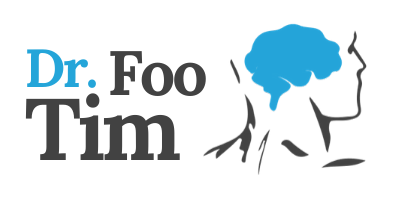Shoulder Injury and Rehabilitation
Shoulder joints are one of the most commonly injured joints in the body. This is due to the complex nature of the joint and the amazing amount of movement it affords the human being.
Firstly, what do we mean when we refer to the “shoulder”? The best way to look at the shoulder is not as one joint, but a complex movement unit. In fact, shoulder function relies on more than 5 different joints working together in harmony. The glenohumeral, acromioclavicular, sternoclavicular, scapulothoracic, and rib joints.
The nature of the shoulder joint is unique because unlike the hip joint which is a tightly fitting ball and socket joint, it has a relatively shallow socket or “cup” where your humerus (arm bone) sits in. Meaning, a lot of stability of the shoulder comes not from the joint structure itself, but the muscles around it. Hence, addressing muscle balance is a more sustainable way of treating this joint and preventing re-injury.
It is usually difficult to give a cookie-cutter answer to the question: “What exercises do I do to rehab my shoulder?”. You can either approach rehabilitation generally or specifically depending on the patient’s range of motion (ROM) restrictions, strength, considerations of any underlying condition(s), or specific requirements in sporting activities / lifestyle. This article does not take into account specific injury histories an individual might have. Instead, it aims to provide some principles to help people understand more about the shoulder joint.
General exercises typically include pendulum exercises, wall-walking, internal and external rotation in neutral position, and end ROM isometrics (activating a muscle in certain directions without any movement).
However, if an injury is acute, the first and foremost thing to do is AVOID any aggravating movements. These typically include overhead activities that require abduction (arms away from body) and external rotation (turning arms outward). These may be with or without resistance or weight bearing.
Thoracic Mobility
Rehabilitation typically begins with creating thoracic mobility. Remember that the humerus sit in a shallow cup on the shoulder blade which then glides over the ribs which are connected to the thoracic spine (mid-back). Many rehab efforts fail because the ENTIRE shoulder complex is not addressed. Note that in this phase, Chiropractors play a significant role in improving shoulder function with specific thoracic and rib adjustments.
Recommended exercises: Bruggers Relief position. Thoracic mobilization with foam roller.
Stability
Once thoracic mobility has been created, it is now time to stabilize the shoulder. Specifically, the shoulder blades.
Recommended exercises: Seated scapular retraction and depression, lat pull downs, push up plus (serratus anterior).
Functional Integration
Once good awareness and scapular control is achieved, pull ups with scapular retractions can be used to further strengthen the shoulder (these can be challenging). But really, from here, you can go many directions with complex movements combined with visualisation, plyometrics, kettlebells, TRX drills. You can get as strong as you want with eclectic approaches. The sky is the limit.
When in doubt, always consult your health practitioner. Ideally one that understands biomechanics, movement principles, and muscle control as it relates to the brain-body relationship. An example of such a practitioner is a chiropractor.
Yours in health,
Timothy Foo
Doctor of Chiropractic (D.C.)
www.DrTimFoo.com

